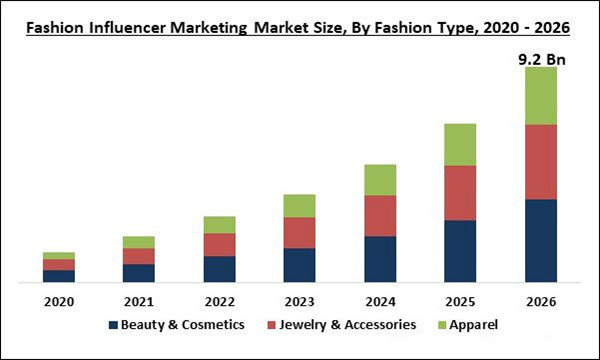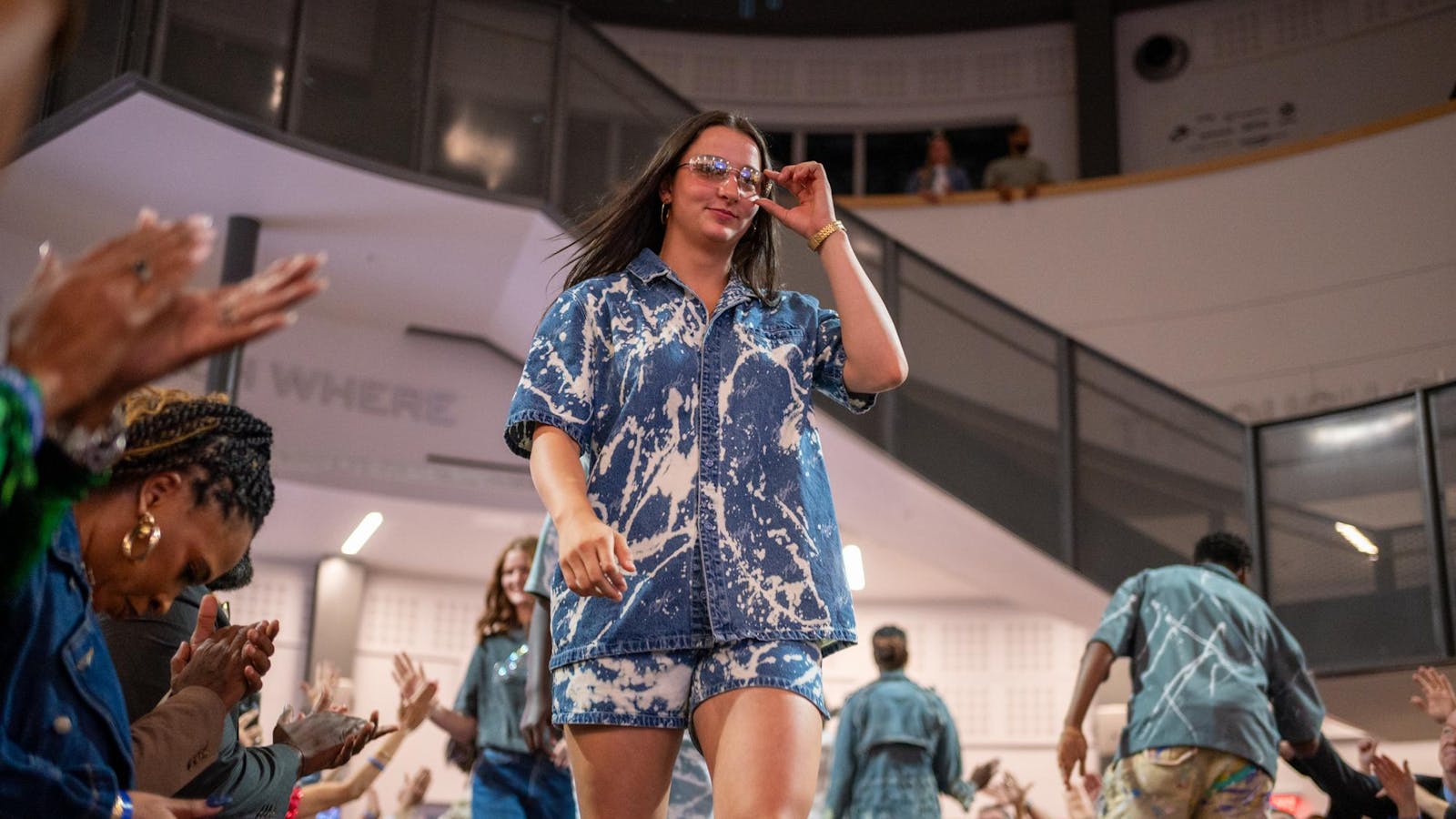The fashion industry’s marketing landscape has changed due to the widespread use of social media platforms, and a new era marked by the importance of influence has begun. Platforms like Instagram, TikTok, and YouTube have become virtual runways, allowing influencers to showcase the latest fashion trends to a global audience. Hence, social media platforms’ advent and rapid growth are aiding the market’s growth.
fashion-influencer-marketing-market-size.jpg
Dublin, March 31, 2025 (GLOBE NEWSWIRE) — The “Fashion Influencer Marketing Market Size, Share & Trends Analysis Report By End Use (Beauty & Cosmetics, Apparel, and Jewelry & Accessories), By Type, By Regional Outlook and Forecast, 2024 – 2031” report has been added to ResearchAndMarkets.com’s offering.
The Global Fashion Influencer Marketing Market size is expected to reach $46.47 billion by 2031, rising at a market growth of 32.5% CAGR during the forecast period.
The fashion industry’s marketing landscape has changed due to the widespread use of social media platforms, and a new era marked by the importance of influence has begun. Platforms like Instagram, TikTok, and YouTube have become virtual runways, allowing influencers to showcase the latest fashion trends to a global audience. Hence, social media platforms’ advent and rapid growth are aiding the market’s growth.
The United States, in particular, leads the region with its robust influencer ecosystem, including celebrities, macroinfluencers, and microinfluencers who cater to diverse audience demographics. Brands in North America leverage cutting-edge technologies, such as AI and analytics, to optimize influencer marketing campaigns and measure their ROI effectively.
Additionally, the region’s thriving e-commerce industry and consumer preference for online shopping have amplified the impact of influencer collaborations, making North America a dominant player in the market. Thus, the North America segment witnessed 38% revenue share in the market in 2023. The North America segment is driven by its high social media adoption rates, advanced digital marketing infrastructure, and strong presence of globally recognized fashion brands.
Additionally, the rise in e-commerce has made it easier than ever for brands to track the impact of influencer marketing. Platforms like Shopify, Amazon, and others offer detailed analytics to measure influencer-driven sales and engagement. These insights allow brands to assess their campaigns’ real-time return on investment (ROI), helping them optimize strategies for maximum impact. Thus, these factors will drive the expansion of the market.
However, many influencers resort to unethical practices to inflate their follower counts, often purchasing followers or using bots to create the illusion of a larger audience. These fake followers do not represent real, engaged consumers and, therefore, fail to contribute to the desired marketing outcomes, such as driving brand awareness, increasing sales, or fostering genuine connections. Hence, these factors may hamper the growth of the market.
Driving and Restraining Factors


